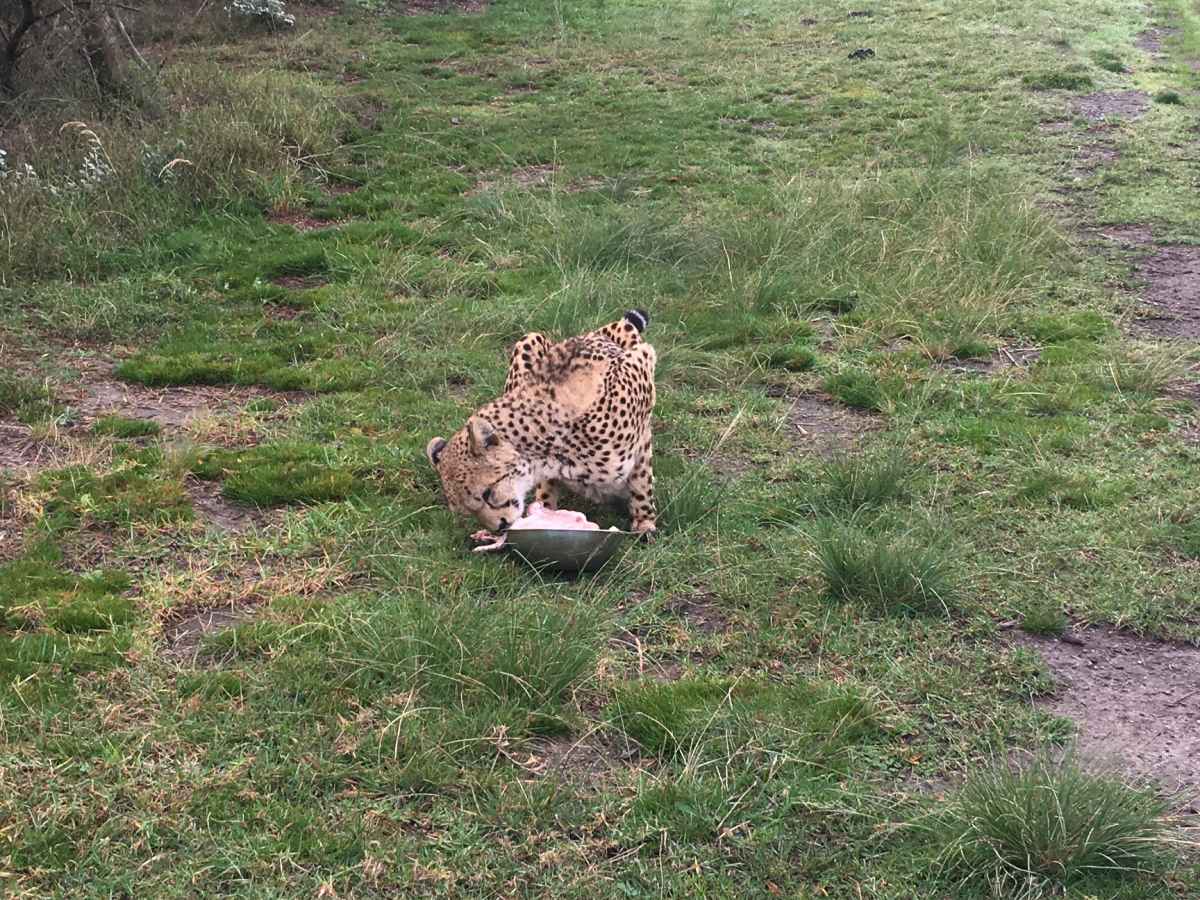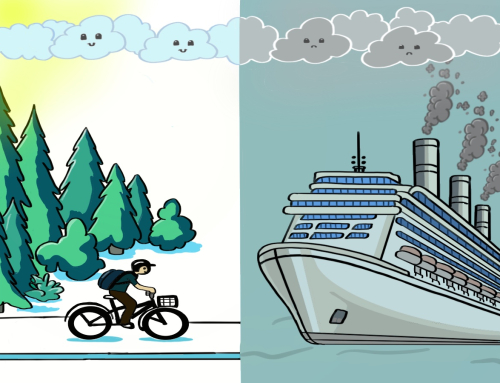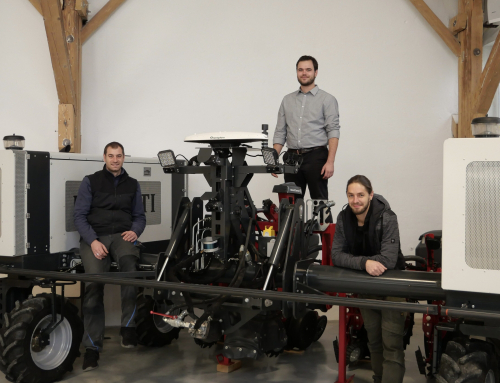Due to previous bottleneck events, cheetah conservation tactics include reproductive technologies, like IVF and captive breeding programs, to preserve their genetic variability.
Can the fastest land animal outrun its own genetic adversity? While the beloved cheetah used to exceed over 100,000 individuals in the 19th century, climate change, hunting, and habitat destruction has caused their numbers to decrease to a mere 8,000 animals. The cheetah, however, also faces another issue: its own genes. One of the first clues to indicate poor genetic diversity amongst the cheetah population was in the animals unusual ability to accept skin grafts from other cheetahs, which is indicative of inbreeding. Inbreeding is problematic for many species as it can decrease genetic variability leaving the animals more prone to diseases and mutations. It also affects their ability to reproduce.
Due to this extra threat that cheetahs face, conservationists now have an even greater challenge of preventing the species from going extinct. There have been several studies and attempts to control cheetah reproduction in a way that boosts population numbers and prevents further genetic diversity loss, but it’s a rather tricky endeavor.
The Great Bottleneck Events
So how did this fate come to happen for such a marvelous creature? Genetic analysis has actually been able to determine two previous bottleneck events for the species that happened approximately 12,000 and 100,000 years ago. This means that population numbers were reduced substantially, most-likely from natural events. This also means that inbreeding was inevitable as the genetic diversity of the species greatly declined. Although the cheetah was able to overcome these events, they are now 90-99% less genetically diverse than most other mammals.
Reproductive Science and Technology Innovations
While conservation work for the cheetah faces greater obstacles with this genetic challenge, there have been tremendous successes due to science and technology. Captive breeding programs, for example, first began for cheetahs at The de Wildt Cheetah Research Center in 1971 in South Africa. The success of the center saw 785 cubs born in the first 30 years of operation. Captive breeding is choosing the individuals that will breed based on several factors including their specific genetic sequence, or genotype, to ensure greatest genetic variability amongst offspring. Researchers were able to prove that this type of reproduction control was successfully preventing further loss of genetic variability compared to wild cheetahs. This is a strong means of reproduction control for conservation. Additionally, the first captive bred Asiatic cheetahs were successfully born in Iran in May 2022, where population numbers have been at a staggering low of 50 individuals.
Another breeding technique to help prevent loss of genetic diversity is with the help of in vitro fertilization, commonly known as IVF. The first successful cheetah birth utilizing IVF occurred in 2020 by Adrienne Crosier and her team. The project was able to take oocytes, a developing egg, from non-breeding, older females, pair them with sperm to produce embryos, and place them within younger females for gestation.
…And Even Frozen Sperm?
This research was significant for conservation because it not only proved to be successful for IVF, which will increase genetic variability amongst the population by including those who were unable or unwilling to reproduce before, but also for IVF with cryopreserved sperm, a process which freezes the sperm for later use. Successfully cryopreserving sperm to be used in IVF allows for donors to come from greater distances without physically moving the animal. This also helps to increase the gene pool as captive born animals, animals residing in zoos and other facilities, and animals within the wild can be included in efforts moving forward.
The fight to save our cheetahs has proven more challenging than anticipated, but thanks to scientific progress and technological advancements, there’s real hope to continue to see these majestic cats roaming wild.
Sources:
National Geographic – Cheetahs: On the Brink of Extinction
National Geographic – Genetic Bottleneck
The Times of Israel – First birth of Asiatic cheetah in captivity takes place in Iran
Scitable by nature Education – Genotype
You may also be interested in these articles:
Drones – Technology in Wildlife Research
Fish and the Power of Song: The Case of Project Breathless
Air Pollution: Is A Pandemic Enough to Combat Climate Change?






